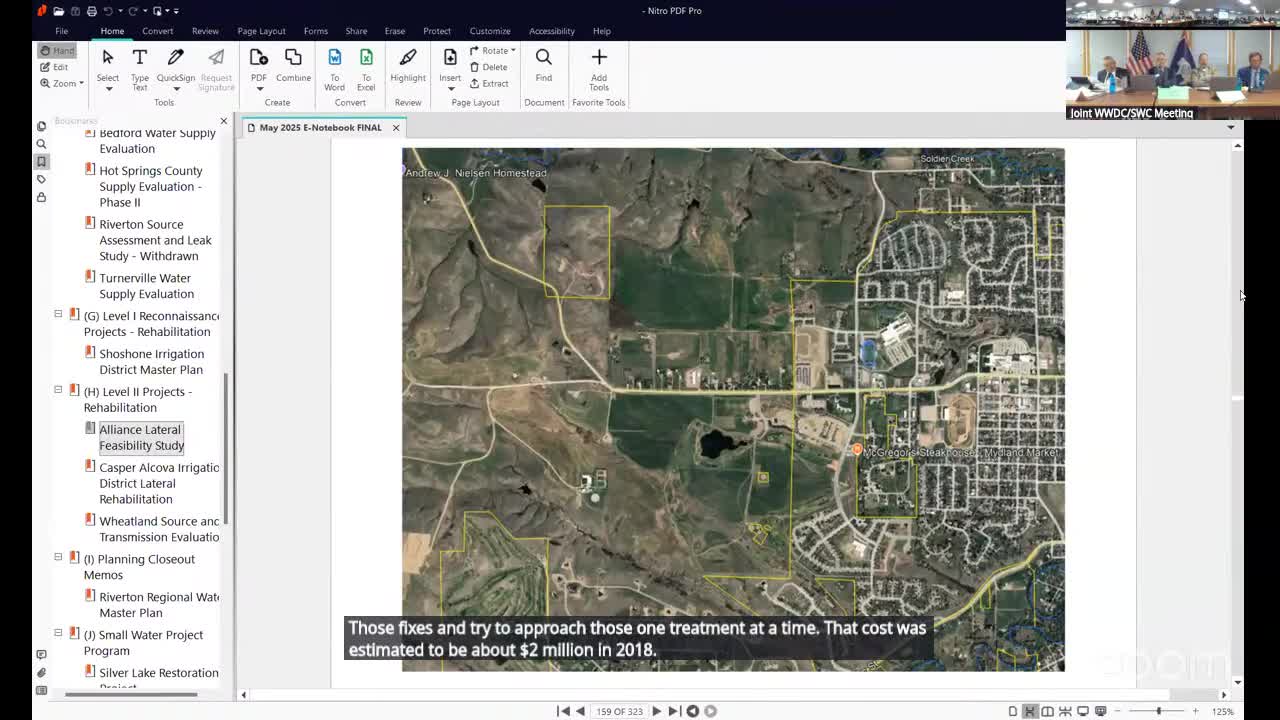
This article was created by AI using a video recording of the meeting. It summarizes the key points discussed, but for full details and context, please refer to the video of the full meeting. Link to Full Meeting
Tom Manolis, the water supply and treatment superintendent for the city of Sheridan, emphasized the need for innovative solutions rather than piecemeal fixes like individual culverts and pipes. He highlighted the importance of a comprehensive approach that considers the long-term health of the water system, particularly as some areas face potential annexation into the city.

Before you scroll further...
Get access to the words and decisions of your elected officials for free!
Subscribe for FreeThe committee explored the feasibility of changing water rights and conveyance methods to improve water delivery and quality. Manolis noted that previous studies have shown that having a solid technical and financial plan is crucial for securing future funding from various sources. This proactive approach could enhance the likelihood of obtaining necessary construction funding.
Additionally, the meeting addressed the environmental implications of water management. A recent assessment sponsored by the conservation district and the city of Sheridan recommended investigating upstream sediment sources, which aligns with the committee's goals for sustainable water practices.
Manolis also pointed out the potential benefits of using untreated water for irrigation at local facilities, including the state building and public parks. This shift could lead to significant cost savings in water treatment, allowing more resources to be allocated to essential services.
As the committee moves forward, the discussions from this meeting underscore the importance of collaborative efforts in water management, aiming to enhance both agricultural productivity and urban water quality for the Sheridan community. The next steps will involve further studies and potential funding applications to implement these innovative water solutions.
Converted from Joint Wyoming Water Development Commission/Select Water Committee, May 8, 2025 - AM meeting on May 09, 2025
Link to Full Meeting
Comments
View full meeting
This article is based on a recent meeting—watch the full video and explore the complete transcript for deeper insights into the discussion.
View full meeting



